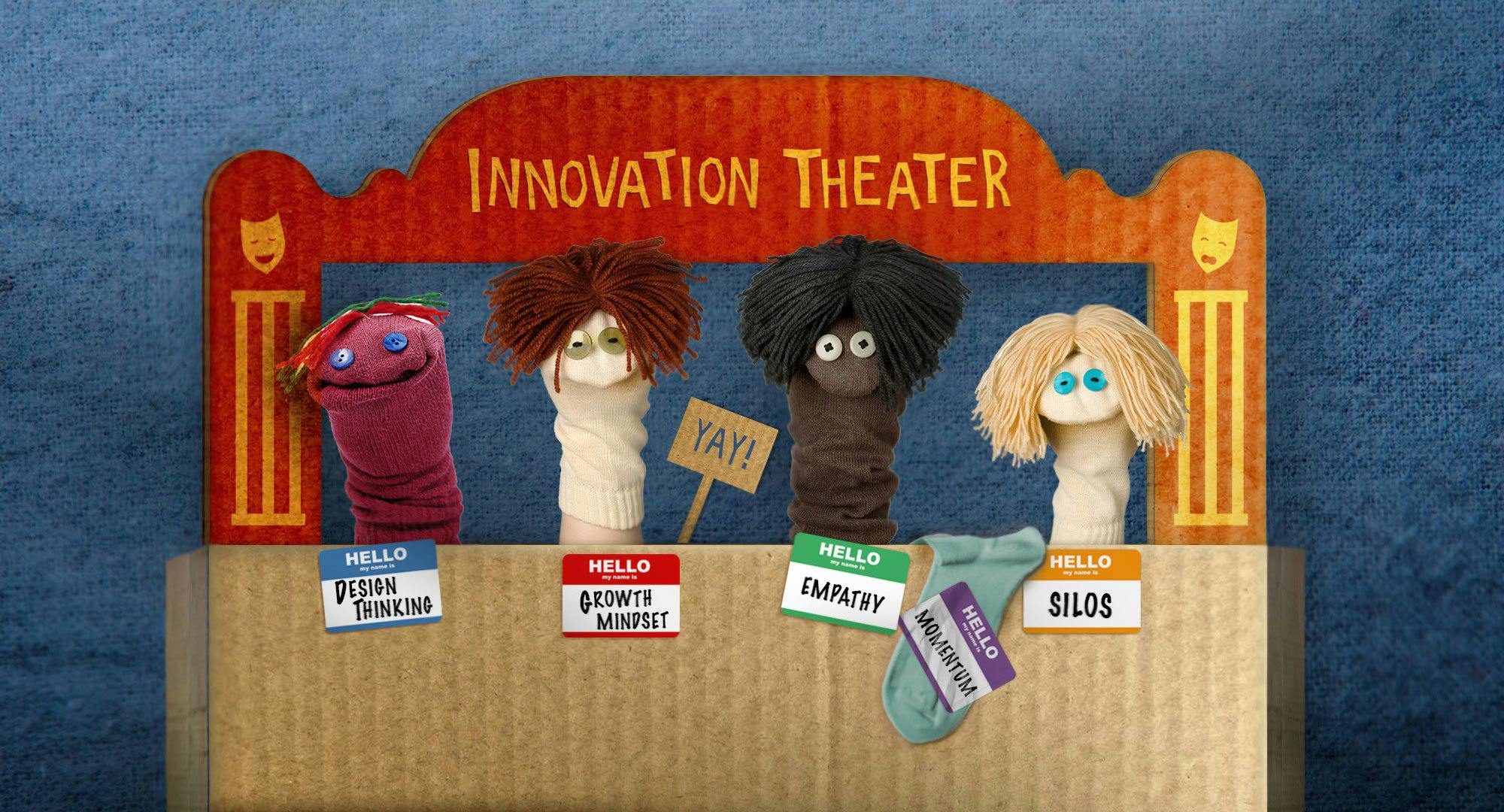Stop Design Thinking From Becoming 'Innovation Theater'
Too many times design thinking projects fall victim to the trappings of innovation theater. Here's how not to let that happen.
Stop Design Thinking From Becoming 'Innovation Theater'
Let's build something together.
Three Principles for More Human, Solution-Focused, Fair, and Inclusive Design
Designers have a responsibility to design a world that all want to live in. Here are three principles that can help us navigate the complexities of design decision-making and truly achieve design success.
Read more
Speculative Design and a Cone of Possibilities
Speculative design requires people to suspend their disbelief and allow their imaginations to wander. Here's one tool to ground it in reality.
Read more
Empathic Design in Practice
What comes before and after you walk in your users' shoes? We distill empathic design into six principles for easy adoption.
Read more
The expanding definition of design
There’s a growing sense of urgency and renewed purpose in the design community.
Read more
Critical Perspectives on Sustainable Product Design
In 2020, the Industrial Designers Society of America (IDSA) held its first Deep Dive on sustainable product design. The ensuing conversations revealed a burning need for collaboration between not just designers, but everyone involved in the creation and use of products.
Read more
How to Make Way For Radical Innovation
Before starting on an innovation strategy, decide which type you're chasing: Incremental, disruptive, or radical innovation. Each requires a unique approach.
Read more
